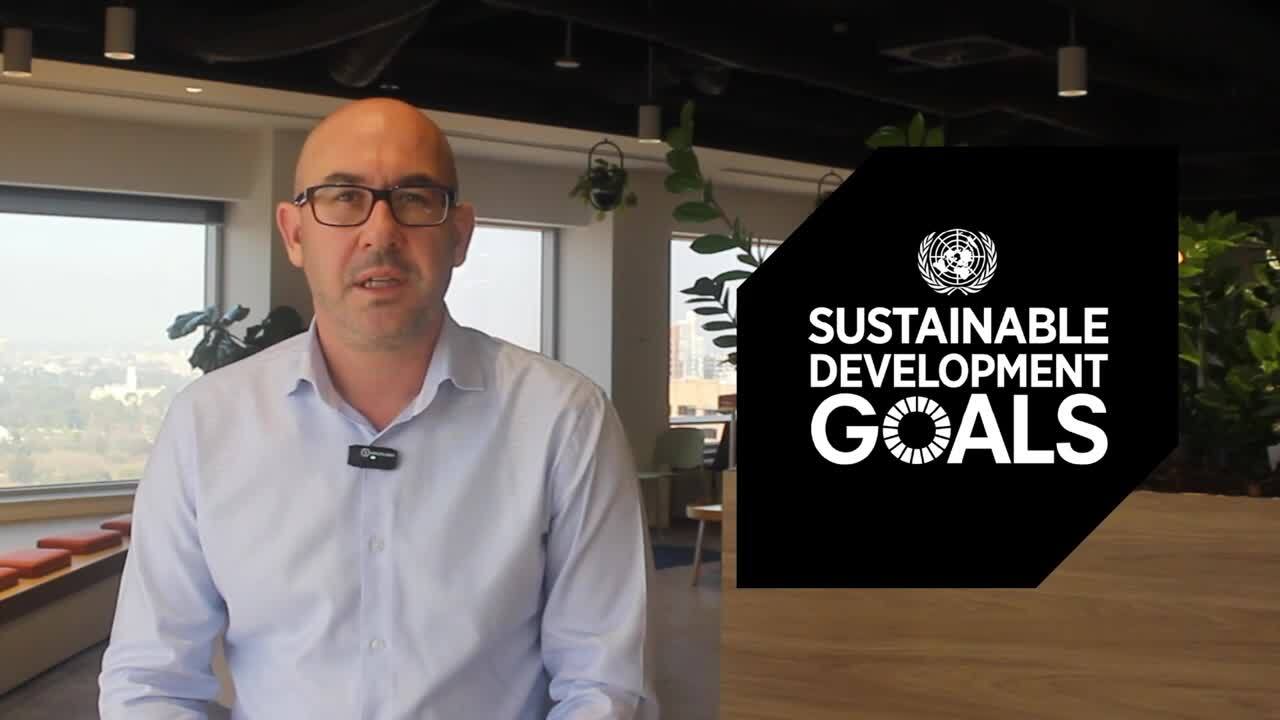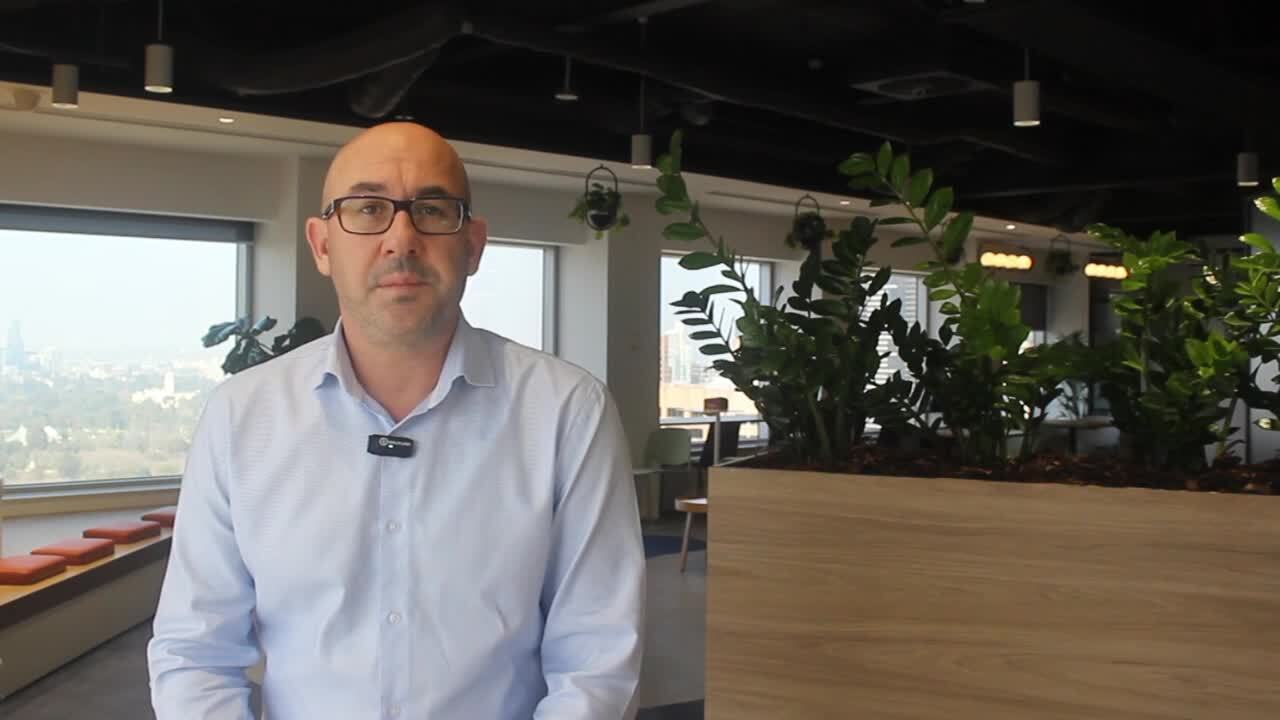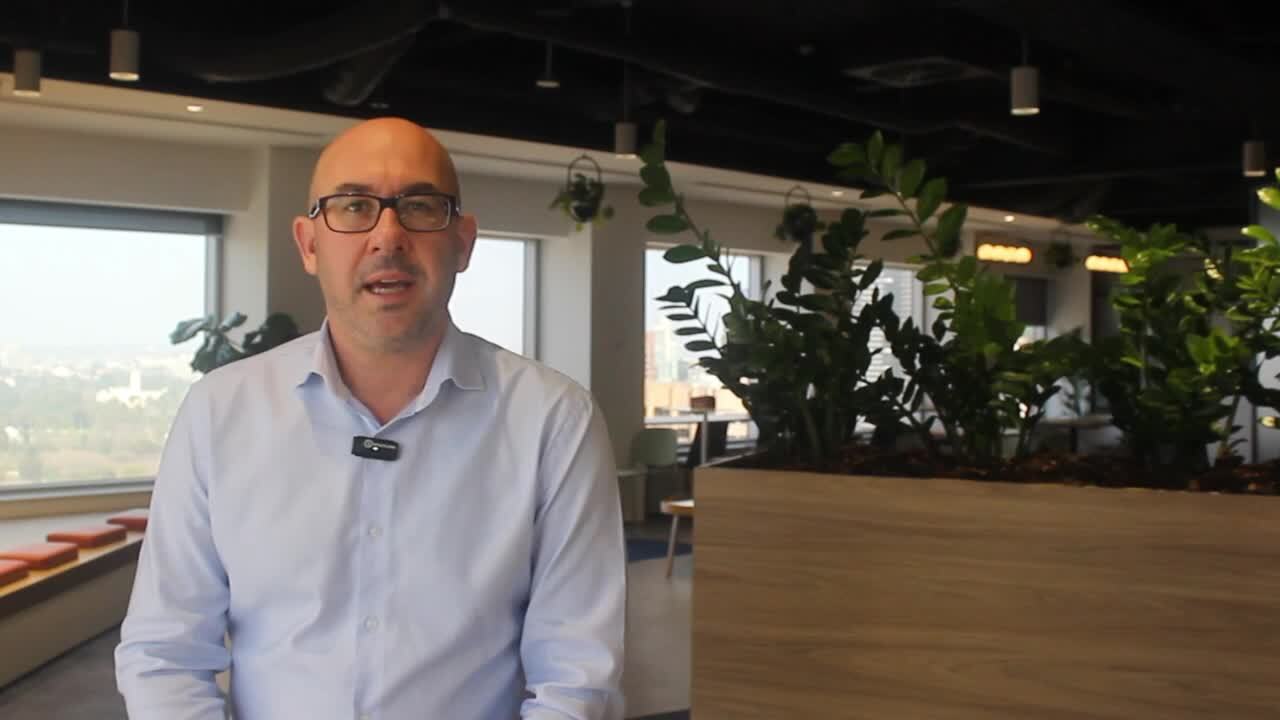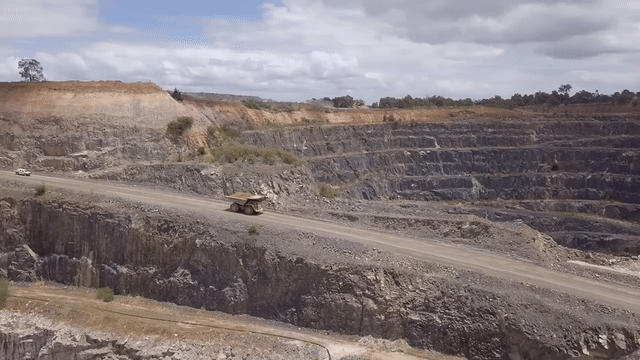The concept of Responsible Mining may have first emerged in 1979, but it has evolved significantly over time, gaining prominence through the adoption of ESG frameworks such as the United Nations' Sustainable Development Goals (SDGs). Today, Responsible Mining represents a critical intersection of economic productivity and environmental stewardship.
We asked Matt to summarise Responsible Mining in 20 seconds. Here’s what he had to say:
Matt Scholl is a well-regarded senior manager and thought leader with more than 20 years of experience in environmental science and technology. He has guided the implementation of effective solutions at some of the most environmentally constrained mining operations in Australia, North and South America and Northern Europe.

Striking the balance between productivity and environmental compliance
At its core, Responsible Mining is about striking a balance between productivity and environmental preservation. However, it is far more nuanced than a simple trade-off. It necessitates a commitment to the highest ethical standards and respectful engagement with all stakeholders. It demands responsible operations that consider their impact on the environment and neighboring communities. It also requires environmental strategies that are purpose-fit for specific biodiversity and landscapes, water resources, air quality, waste and materials management, and energy efficiency and climate action.
The shift towards Responsible Mining offers the mining industry an opportunity to prove that it can advance rapidly while maintaining sustainability and earning implicit trust. Yet, achieving this requires a profound shift in the mindset and approach of mining companies. This transformation must prioritise transparency, openness, commitment, and concrete actions.
Challenges in the pursuit of Responsible Mining to achieve SDGs and ESG frameworks
Despite the top-down commitment to environmental stewardship and the SDGs from corporate leaders, there is often a gap between these commitments and measurable action. The disconnect between corporate directives and on-the-ground operations can pose significant challenges. Corporate entities are frequently seen as setting policies and standards without providing adequate guidance or governance for implementation.
Moreover, KPIs for corporate and operational teams can be at odds. Operations often focus on maximizing production by extracting and processing as much ore as possible, while environmental teams are tasked with minimizing natural impact. This misalignment can create tension and hinder progress.

Responsible Mining: Corporate strategy vs. Execution at site level
To bridge this gap and truly embrace Responsible Mining, both corporate and operational teams must translate their commitments into action. This action should be proactive, predictive, and in line with community and regulatory expectations. Moreover, measuring the effectiveness of these actions is crucial.
The key to success lies in finding common ground where strategy meets execution. Corporate and operational teams need to work collaboratively and support one another in achieving Responsible Mining objectives. A united front in presenting a commitment to sustainability can strengthen the industry's credibility.

Download: Free white paper on Responsible Mining
Envirosuite understands the importance efficient and sustainable mines play in society. It is essential for the mining companies to break through data silos, build social license to operate and demonstrate responsible mining practices.
Today’s mining operators remain focused on staying within imposed limits in order to avoid costly stoppages. Despite these measures, a variety of challenges at a mine site can hinder efficiency and lead to a constant struggle of balancing productivity targets against compliance thresholds.

Learn more about how the leading mining companies are bridging sustainability commitments and delivering results in our latest white paper “Extracting a better future”.
